Unlocking the Secrets of Cordyceps Mushroom Extracts: A Comprehensive Beginner’s Guide
Cordyceps Mushrooms: Nature’s Enigmatic Fungi
Fig 1: Cordyceps militaris also known as the Scarlet Caterpillarclub Fungus (image)
What is Cordyceps?
Cordyceps mushrooms are an ancient group of entomopathogenic fungi (we’ll get to that in a minute) that have been around for millions of years. The oldest fossil evidence indicates that these fungi may have evolved more than 48 million years ago. Over 750 species of these awesome fungi have been discovered to date. In recent years the genus Cordyceps mushrooms was split into four: Cordyceps mushrooms, Ophiocordyceps, Metacordyceps, and Elaphocordyceps. Species from these genera have been used in traditional medicines for many years and share many behavioral characteristics.
Fig 2: Ophiocordyceps unilateralis also known as the Zombie Ant Fungus infects ants and controls their behaviour (image)
What is Entomopathogenic?
The term entomopathogenic refers to those organisms which can infect arthropods such as insects and caterpillars. This is one of the most unique aspects of fungi belonging to the Cordyceps genus. Most species of Cordyceps mushrooms require an insect host to complete their life cycle. In the absence of the host organism, the fungal population begins to decline.
Fig 3: Metarhizium robertsii is often used as a biocontrol agent against agricultural pests (image)
Anatomy of Cordyceps mushrooms
Similar to all fungi, Cordyceps mushrooms are composed of mycelium. Most of this mycelium grows vegetatively when it finds a useful nutrient source such as vegetative matter or an insect host. This insect body colonized by the Cordyceps mushrooms mycelia is also known as a sclerotium. The fruiting body of these fungi burst through the insect’s head or thorax and is called the stroma.
The stroma is analogous to the stipe of many other fungi. The stroma reaches out of the substrate to bear perithecia (perithecium sing.) which are the spore-bearing organs of these fungi. Perithecia house millions of ascospores which are shed into the wind when the fungus is ready to propagate.
Fig 4: Cartoon representation of an Ophiocordyceps sinensis specimen highlighting the various anatomical features (image)
Life cycle of Cordyceps mushrooms
Like most fungi, Cordyceps mushrooms reproduce through spores. The spores are flung far and wide in search of favorable conditions for germination. Some species such as Cordyceps militaris can germinate and form hyphae in the soil and infect a passing insect larva later in its life, while others like Ophiocordyceps sinensis require an insect host to germinate and grow.
In either case, once the insect or larva has been infected, the fungus feeds on it and grows. It coaxes the insect host to climb up a high tree, branch, or rock and root itself in a windy area by biting down on the surface of the branch. The fungus then feeds on the insect and grows. At the end of its vegetative growth, it produces fruiting bodies or stroma which bear spores. The stroma pierces through the insect’s carapace and extends out into the atmosphere. The spores are then spread from the perithecia in the wind and the cycle continues.
This intricate dance between Cordyceps mushrooms and their host showcases the adaptability and resourcefulness of these fungi in the natural world. It has even inspired games such as ‘The Last of Us’. Rest assured that there is no threat of Cordyceps mushrooms suddenly evolving to infect humans and the game is purely a work of fiction. Or is it…
Fig 5: Lifecycle of Cordyceps fungi showing its parasitic nature (image)
Geographic distribution
Cordyceps fungi are distributed across various ecosystems worldwide. While they are most commonly associated with tropical and temperate forests, different species have adapted to diverse environments, including alpine regions, grasslands, and even the frigid expanses of the Arctic.
Cordyceps militaris is one of the most widespread members of this family and can be found across Asia, Europe, and the Americas. It has a wide range of insect species that it can infect and is highly adaptable. However, for unknown reasons, their densities in the wild are relatively less and they are a rare find.
Fig 6: Geographic distribution of Ophiocordyceps sinensis (image)
Ophiocordyceps sinensis on the other hand is highly restricted in its distribution. It is primarily found in the Himalayan region in parts of Bhutan, Tibet, China, and India. They require an insect host (Ghost moth larvae) and can often be observed in the forests of these regions. Most of the O. sinensis consumption is from wild harvested fruiting bodies.
Types of Cordyceps mushrooms
Fig 7: Ophiocordyceps sinensis (image)
Ophiocordyceps sinensis: The ‘OG’
Medicinal Significance: Ophiocordyceps sinensis, commonly known as the “Himalayan Viagra,” is a prized species in traditional Chinese medicine. It infects caterpillars in the Himalayan region and has been traditionally used for its purported aphrodisiac properties and the ability to enhance vitality. Research indicates potential immunomodulatory effects, making it a subject of interest for conditions related to immune system health. It is mostly wild harvested as the methods of cultivation still need significant improvement.
Fig 8: Cordyceps militaris
Cordyceps militaris: The cultivable wonder
Cordyceps militaris is one of the few Cordyceps species that can be cultivated artificially. This has led to its increased popularity in commercial products, making it more accessible for various applications. Studies suggest that Cordyceps militaris contains bioactive compounds such as cordycepin, which has been associated with anti-fatigue and anti-inflammatory properties.
Fig 9: Ophiocordyceps unilateralis
Ophiocordyceps unilateralis: The “Zombie Ant” Fungus
Ophiocordyceps unilateralis, also known as the ‘Zombie Ant fungus’ is ruthless in its ability to manipulate the behavior of ants. Infected ants are compelled to climb vegetation and fiercely bite down onto the branch with their mandibles in what is called a ‘death grip’. The fungus then parasitizes the ant eventually producing a stroma that bursts out from the head of the ant. facilitating optimal spore dispersal. They are predominantly found in tropical forest ecosystems.
 Fig 10: Cordyceps cicadae
Fig 10: Cordyceps cicadae
Cordyceps cicadae: Harmonizing with Cicadas
Cordyceps cicadae as the name suggests, parasitise cicadas in their nymph stage. This species is prevalent in regions where cicadas are abundant. Studies have shown that these fungi have similar bioactive molecules to O. sinensis and are a potential alternative to O. sinensis cultivation. It has been used in folk medicine to treat malaria, palpitations, cancer, fever, diabetes, eye diseases, dizziness, and chronic kidney diseases.
Fig 11: Ophiocordyceps gracilis (image)
Ophiocordyceps gracilis: The Alpine Specialist
Ophiocordyceps gracilis is closely related to O. sinensis and has been widely used in traditional Chinese medicine. It has potent antioxidant properties. It is often sold in place of O. sinensis due to the similarity in their appearance.
Fig 12: Cordyceps robertsii
Cordyceps robertsii: The tattoo artist
Cordyceps robertsii is native to New Zealand and displays a broad host range, infecting various caterpillars dwelling in leaf litter. These infected caterpillars have been used in traditional Maori tattoos as an ink. The caterpillars are burnt and the pigments are extracted using fat. The ink is said to possess antiseptic properties and prevent infections on the tattoo
Fig 13: Cordyceps subsessilis
Cordyceps subsessilis: The surgeon’s friend
Cordyceps subsessilis challenges the traditional association of Cordyceps mushrooms with forests by thriving in grasslands and meadows. In its vegetative form, it grows freely in the soil. However, when an unwitting scarab beetle walks by, it latches on and begins the sexual part of its life cycle. The vegetative form of this fungus is also named Tylopocladium inflatum and is the source of the life-saving immunosuppressant cyclosporine which has made organ transplants possible.
Cultivation: The art of growing Cordyceps mushrooms
In ancient times, O. sinensis was the primary species that was consumed mainly in parts of China. It has even been referred to as “Himalayan Viagra” due to its libido-enhancing properties. However, due to the difficulty in cultivating O. sinensis, its widespread use is restricted.
The cultivation of C. militaris has been a breakthrough in Cordyceps mushrooms research and development as it has led to the possibility of this mushroom being consumed all across the world. The different ways in which Cordyceps mushrooms are cultivated are:
Fig 14: Cordyceps militaris can be cultivated at scale using wheat, oat, or rice as a substrate (image)
Substrate-Based Cultivation
In substrate-based cultivation, the focus is on mimicking the natural conditions that facilitate Cordyceps mushrooms’ growth. This method involves preparing a nutrient-rich substrate, often composed of grains such as rice or millet, which serves as the medium for fungal growth. The spores or mycelium of Cordyceps mushrooms are introduced into the substrate, and under controlled conditions of temperature and humidity, the fungus proliferates. This method is popular for its simplicity and ability to scale production.
Fig 15: Fermentation vessels much like those used for beer can be used to grow mycelia at large scales (image)
Liquid Fermentation
Liquid fermentation involves cultivating Cordyceps mushrooms in liquid nutrient mediums. This method is particularly useful for species that are challenging to cultivate on solid substrates. The liquid medium provides an environment conducive to the growth of mycelium, and it allows for better control over nutrient composition. Liquid fermentation has been employed for various Cordyceps species, offering flexibility and scalability in production.
Fig 16: Ophiocordyceps sinensis is often cultivated by manually injecting spores or mycelia into insect larvae (image)
Insect-Based Cultivation
The goal of this method is to mimic the natural parasitic relationship between Cordyceps mushrooms and insects. In this method, insect larvae are infected with Cordyceps mushroom spores. The infected insects are then placed in a controlled environment conducive to fungal growth similar to substrate-based cultivation. This method provides a more natural habitat for Cordyceps mushrooms and has been employed for specific species that exhibit a preference for insect hosts such as O. sinensis.
Hybrid Cultivation Approaches
Hybrid cultivation approaches combine elements of substrate-based, liquid fermentation, and insect-based methods. These integrated systems aim to capitalize on the strengths of each approach, optimizing conditions for Cordyceps mushroom growth and enhancing overall yield.
While cultivation methods for Cordyceps mushrooms have advanced significantly, challenges persist. Maintaining the specific ecological conditions in which Cordyceps mushrooms thrive in the wild can be complex. Many strains of Cordyceps mushrooms start to degenerate after a few generations of cultivation leading to greatly reduced fruiting body yields and minimal bioactive molecule production.
The allure of wild-harvested Cordyceps mushrooms has been ingrained in cultural practices and traditional medicine and the increasing demand for these fungi will soon surpass the number of naturally available specimens. To truly unlock the health-promoting benefits of these organisms, new approaches and methods of cultivation need to be constantly developed.
Unveiling the Potent Compounds Within Cordyceps mushrooms
Cordyceps mushrooms are a treasure trove of bioactive molecules that have piqued the interest of researchers and healthcare professionals. These compounds, found in varying concentrations across different Cordyceps species, contribute to the fungi’s potential therapeutic properties:
Fig 17: Beta glucans are polysaccharides found in Cordyceps cell walls
Polysaccharides
Among the most studied bioactive molecules in Cordyceps mushrooms are polysaccharides. These complex carbohydrates play a crucial role in the fungi’s adaptogenic and immunomodulatory effects. Beta-glucans in particular have been linked to enhanced immune system function, antioxidative properties, and potential anti-inflammatory effects.
Apart from beta-glucans, exopolysaccharides (EPS) isolated from Cordyceps mushrooms fermentation media have also been shown to possess anti-inflammatory properties.
Fig 18: Cordycepin and Adenosine (image)
Cordycepin
Cordycepin is a nucleoside analog and a prominent bioactive compound found in Cordyceps mushrooms. It is largely attributed as the source of the endurance-enhancing effects of Cordyceps mushrooms and their extracts. It can directly interact with energy-regulating systems within the cells and modulate cellular respiration. It also has a significant role to play in the respiratory health benefits of Cordyceps mushrooms.
Adenosine
Adenosine, a purine nucleoside, is found in Cordyceps mushrooms and is closely related to cordycepin. It plays a role in various physiological processes, including the regulation of inflammation and immune responses. It is an integral component of cellular signaling and DNA.
Fig 19: Ergosterol a precursor to Vitamin D2 (image)
Ergosterol
Ergosterol, a sterol compound found in Cordyceps mushrooms, is a precursor to vitamin D2. Beyond its role in vitamin D synthesis, ergosterol has been associated with potential antioxidant and anti-inflammatory effects.
Fig 20: Cordycepic acid (image)
Cordycepic Acid (D-Mannitol)
Cordycepic acid, also known as D-mannitol, is a sugar alcohol found in Cordyceps mushrooms. It has been studied for its potential anti-inflammatory and antioxidant properties. It promotes liver and kidney health.
Cordymin
Cordymin, a peptide, has been found in water extracts of Cordyceps mushrooms. It has been shown to possess antifungal, anti-inflammatory, anti-nociceptive, and antiproliferative activities. It has also been shown to significantly improve the symptoms of diabetic osteopenia (weakening of bones during diabetes) in mice.
Understanding the diverse array of bioactive molecules in Cordyceps mushrooms opens up avenues for targeted research and applications in medicine. As scientists delve deeper into the specifics of these compounds, the potential for harnessing Cordyceps mushrooms’ pharmacological properties becomes increasingly promising.
Fruiting Bodies vs. Powders vs. Extracts
Fig 21: Cordyceps militaris fruiting bodies are the purest form (image)
Cordyceps mushrooms can be consumed as whole fruiting bodies, powders, or extracts. The choice of consumption is purely up to the user. Fruiting bodies are the most similar to the native form of the mushroom and can be consumed dried or fresh. Most commonly they are used in broths or infusions like tea.
Fig 22: Cordyceps militaris powders are good substitutes for fruiting bodies (image)
Powders are very similar to whole fruiting bodies except they are ground into a fine powder. They can be consumed similarly to fruiting bodies, as stews or teas, and can also be found in capsules.
Extracts are the most effective method of consuming Cordyceps mushrooms as they contain the highest concentration of bioactive molecules. Unlike most other mushrooms, the majority of the known bioactive molecules from Cordyceps mushrooms are water-soluble. While dual extracts are not necessary to reap the benefits from these molecules, they may have an advantage over just water extracts since they increase the efficiency of extraction of the bioactive molecules.
Fig 23: Extracts are a great way to consume concentrated bioactive molecules
Due to the relatively recent explorations into the bioactive molecules in Cordyceps mushrooms, there may be alcohol-soluble compounds yet to be discovered that have great beneficial effects so consumption of dual extracts is still recommended.
Cordyceps mushrooms for Health and Wellbeing
Cordyceps mushrooms have been used in traditional Chinese medicine for centuries. Modern research is identifying the mechanisms by which Cordyceps mushrooms exert their beneficial properties. Over 2,300 research papers are available on these fungi. A search highlighting the health benefits of Cordyceps mushrooms returned more than 350 papers with the number of papers published per year, steadily on the rise.
Most of the existing studies are performed in animal models, the increasing number of clinical trials aims to find out if similar effects are seen in humans. Some of the key benefits of Cordyceps mushroom consumption are:
- Boost Physical Performance: Cordyceps mushrooms particularly cordycepin have been shown to increase the number of adenosine triphosphate (ATP) molecules within cells of the body. This effect allows athletes to sustain physical effort for longer periods
- Boost Mental Performance: Just like in physical performance, the boost in cellular energy has been shown to support mental effort for long periods and therefore Cordyceps mushrooms can also be used when working long hours
- Anti-Aging Effects: Cordyceps mushroom extracts have been shown to significantly increase the lifespan of mice and flies compared to placebo. These effects have been attributed to the antioxidant and metabolism-boosting properties of cordyceps extracts
- Anti Fatigue Effects: Cordyceps mushrooms have been shown to reduce fatigue and have been used to treat chronic fatigue.
- Support Lung Health: Cordyceps mushroom extracts have traditionally been used to treat respiratory disorders. Modern studies have shown them to be effective in reducing the symptoms of chronic obstructive pulmonary disorder (COPD) and lung fibrosis.
- Boosting Sexual Performance: Cordyceps mushrooms have long been revered for their ability to boost libido and enhance sexual performance. This ability has earned it the nickname “Himalayan Viagra” in Eastern medicine.
- Antidiabetic Effect: Cordyceps mushrooms have been used to treat diabetes in mouse models of the disease. It has been shown to decrease blood glucose levels and also protect the kidney from damage in diabetic mice.
- Support Heart Health: Cordyceps mushroom extracts have been effective in lowering cholesterol and triglyceride levels in animal models. This indirectly improves cardiovascular health and reduces the risks of heart disease.
Bridging Tradition and Evidence: Unraveling Cordyceps Mushrooms’ Impact on Human Health
The potential health benefits of Cordyceps mushrooms, rooted in traditional medicine, have sparked scientific curiosity, leading to a growing number of clinical trials. Over 20 clinical trials are being conducted for various indications using cordyceps mushrooms or their extracts. These trials aim to validate the therapeutic claims associated with Cordyceps mushrooms and provide a foundation for evidence-based recommendations.
While a deep dive into the different clinical trials of Cordyceps mushrooms is outside the scope of this blog, both cordyceps fruiting body powders and cordyceps extracts are being tested for their performance-boosting, anti-cancer, antidiabetic, and immune supportive properties among others.
Echoes of Centuries: Cordyceps mushrooms in Traditional Healing Practices
Long before the advent of modern clinical trials and scientific investigations, Cordyceps mushrooms had already found a revered place in traditional healing practices across various cultures. This section delves into the rich tapestry of traditional uses, folklore, and cultural significance surrounding Cordyceps mushrooms, providing a historical context to its contemporary exploration.
Traditional Chinese Medicine (TCM)
In Traditional Chinese Medicine (TCM), Cordyceps mushrooms have been esteemed for centuries as a potent tonic with adaptogenic properties. It is believed to nourish the lungs and kidneys, fortify the immune system, and promote longevity, and is often associated with enhancing vitality.
Himalayan Folk Medicine
In the Himalayan region, Cordyceps mushrooms hold a special place in the folklore and traditional medicine of communities. Ophiocordyceps sinensis, known locally as “Yarsagumba” or the “Himalayan Viagra,” is believed to have aphrodisiac properties and is used to address a range of health concerns.
Tibetan Medicine
Cordyceps mushrooms have also found a significant role in Tibetan medicine, where it is believed to balance the body’s elements and energies. It is traditionally used for conditions related to the lungs, kidneys, and reproductive health. The holistic approach of Tibetan medicine integrates Cordyceps mushrooms into formulations aimed at restoring harmony within the body.
Conclusion
The traditional use of Cordyceps mushrooms is not merely about the physical application of a natural substance but reflects a profound cultural and generational wisdom. Knowledge about the timing of harvest, preparation methods, and specific use-cases has been passed down through generations, creating a legacy that continues to shape the relationship between communities and Cordyceps mushrooms.
As modern scientific methods are applied to the traditional systems of healing, we are beginning to discover the diversity of molecules that allow Cordyceps mushrooms to have their healing properties. Better methods of cultivation and extraction are aimed at maximizing these health benefits and improving the quality of supplements available in the market.
Cordyceps mushrooms have the power to enhance one’s pursuit of physical fitness and cellular metabolic health. These are the bedrock of a long and productive life. At Nuvedo, we have been awestruck by the majesty of these unique mushrooms. Our ultrasound-based extraction technology was designed to maximize the amount of bioactive compounds.
Interested in incorporating Cordyceps extracts into your routine? Check out our selection of high-quality Cordyceps extract: https://nuvedo.com/product/cordyceps-liquid-extract/
References
Zhang et. al. “Ophiocordyceps sinensis, the flagship fungus of China: terminology, life strategy and ecology”. Mycology (2012)
Srestha et. al. “The medicinal fungus Cordyceps militaris: research and development”. Mycological Progress (2012)
Ashraf et. al. “Cordycepin for Health and Wellbeing: A Potent Bioactive Metabolite of an Entomopathogenic Medicinal Fungus Cordyceps with Its Nutraceutical and Therapeutic Potential”. Molecules (2020)
Liu et. al. “The Chemical Constituents and Pharmacological Actions of Cordyceps sinensis”. Evidence-Based Complementary and Alternative Medicine (2015)
Wong et. al. “Cordymin, an antifungal peptide from the medicinal fungus Cordyceps militaris” Phytomedicine (2011)
Qi et. al. “The Protective Effect of Cordymin, a Peptide Purified from the Medicinal Mushroom Cordyceps sinensis, on Diabetic Osteopenia in Alloxan-Induced Diabetic Rats” Evidence-Based Complementary and Alternative Medicine (2013)
Qian et. al. “Anti-inflammatory and antinociceptive effects of cordymin, a peptide purified from the medicinal mushroom Cordyceps sinensis” Natural Product research (2012)
Tan et. al. “The lifespan-extending effect of Cordyceps sinensis Cs-4 in normal mice and its molecular mechanisms” FASEB (2011)
Zou et. al. “Cordyceps sinensis oral liquid prolongs the lifespan of the fruit fly, Drosophila melanogaster, by inhibiting oxidative stress” International Journal of Molecular Medicine (2015)
Chai et. al. “Cordycepin exhibits anti-fatigue effect via activating TIGAR/SIRT1/PGC-1α signaling pathway” Biochemical and Biophysical Research Communications (2022)
Song et. al. “Studies on the Antifatigue Activities of Cordyceps militaris Fruit Body Extract in Mouse Model” Hindawi (2015)
Yu et. al. “Hypoglycemic Activity through a Novel Combination of Fruiting Body and Mycelia of Cordyceps militaris in High-Fat Diet-Induced Type 2 Diabetes Mellitus Mice” Journal of Diabetes Research (2015)
Liu et. al. “Antidiabetic and Antinephritic Activities of Aqueous Extract of Cordyceps militaris Fruit Body in Diet-Streptozotocin-Induced Diabetic Sprague Dawley Rats” Oxidative Medicine and Cellular Longevity (2016)
Guo et. al. “Cordycepin prevents hyperlipidemia in hamsters fed a high-fat diet via activation of AMP-activated protein kinase” Journal of Pharmacological Sciences (2010)
Yang et, al. “Cordyceps sinensis inhibits airway remodeling in rats with chronic obstructive pulmonary disease” Experimental and Therapeutic Medicine (2018)
Chen et. al. “Protective roles of Cordyceps on lung fibrosis in cellular and rat models” Journal of Ethnopharmacology (2012)



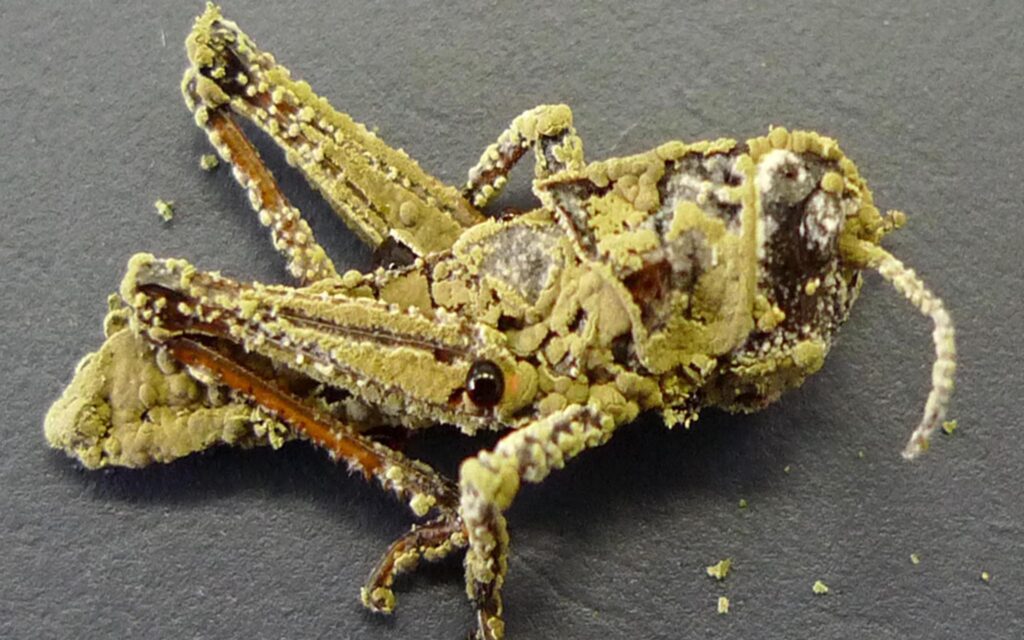
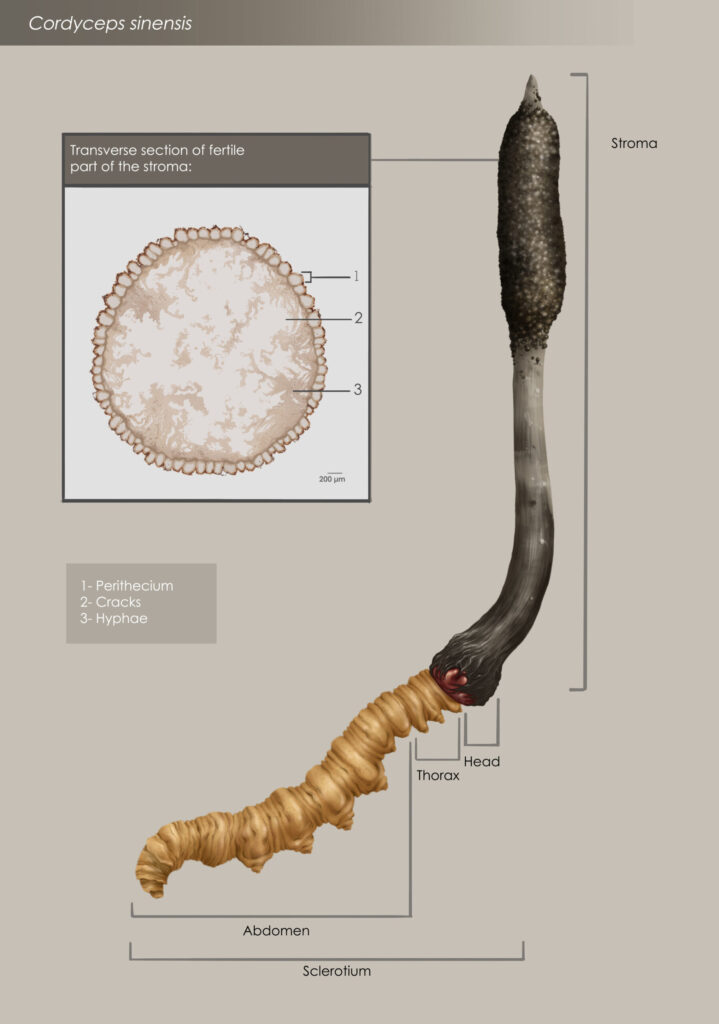
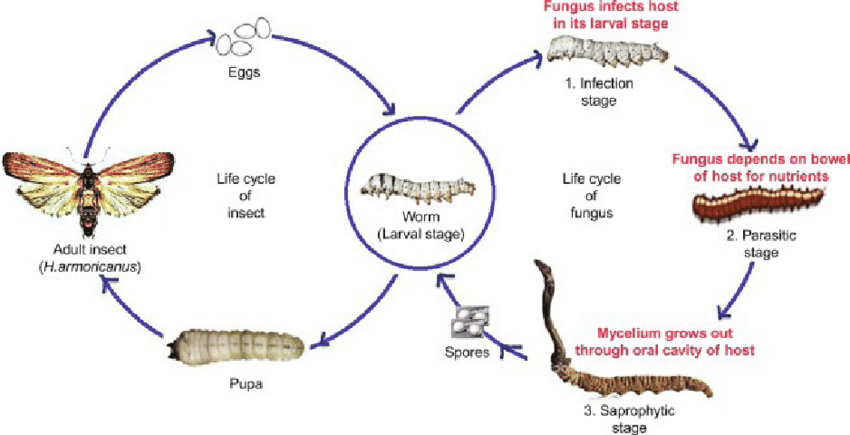

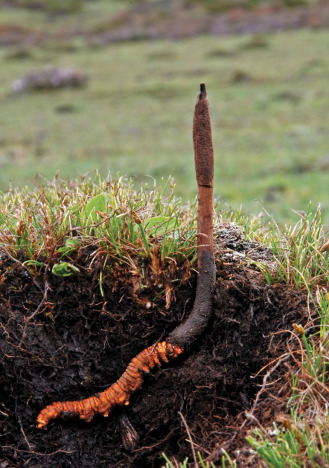
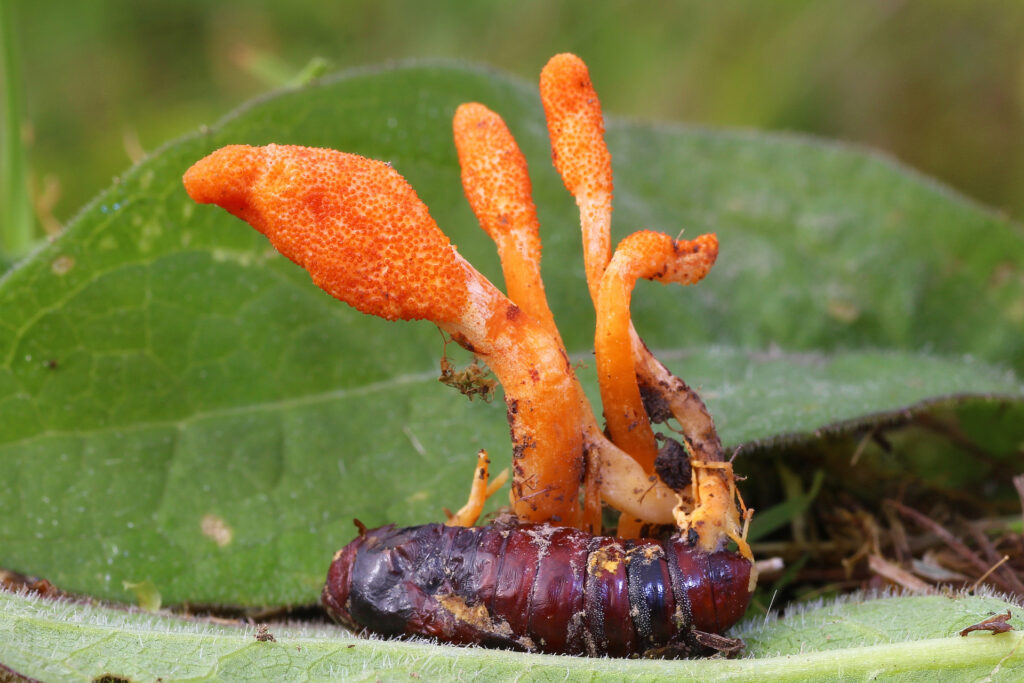
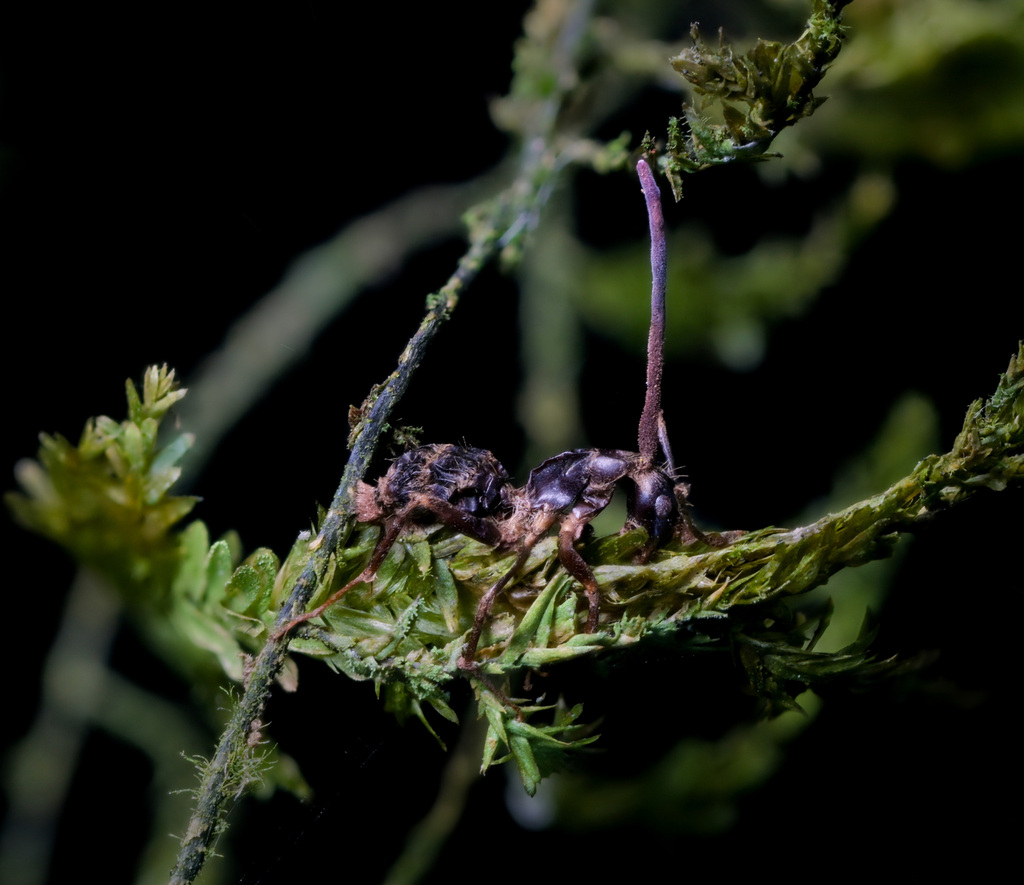


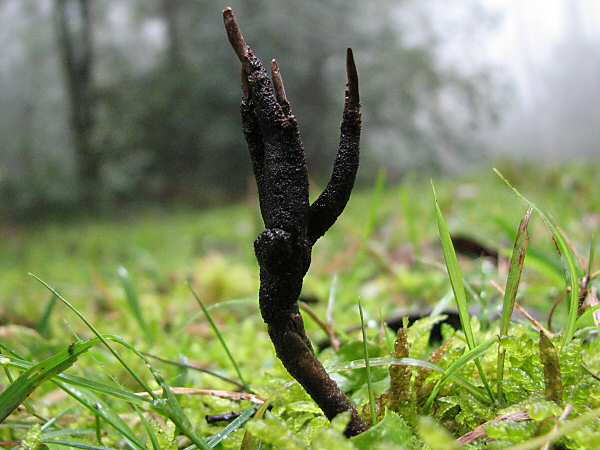
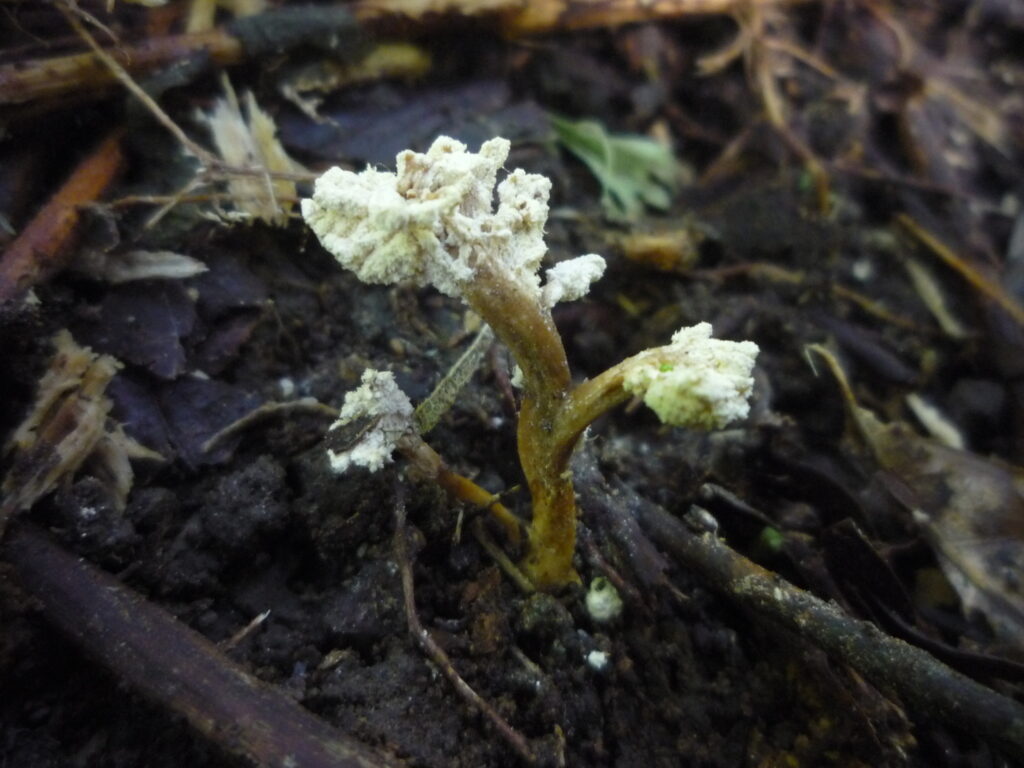

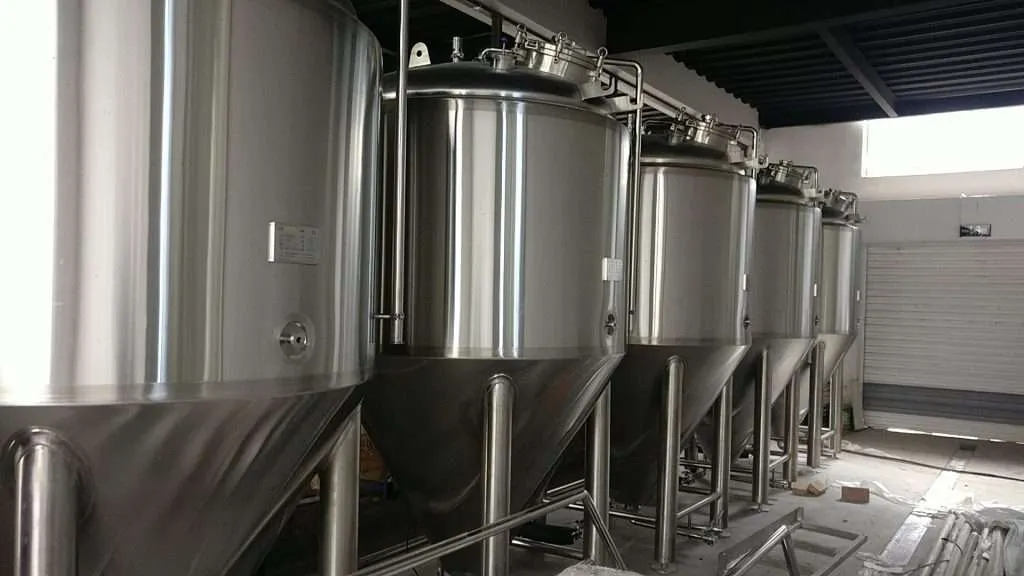
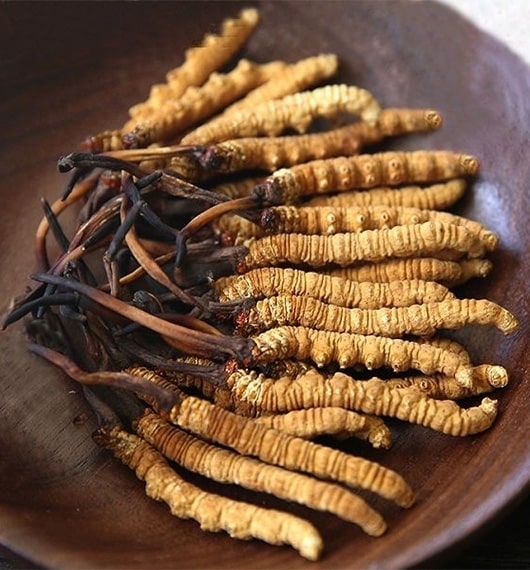
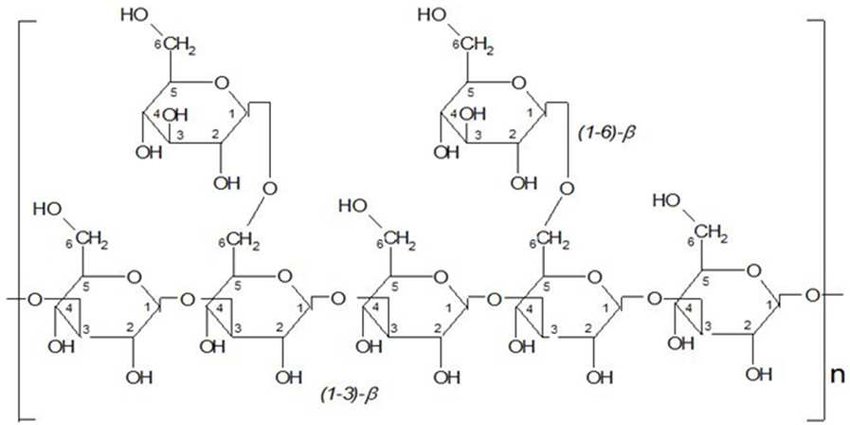
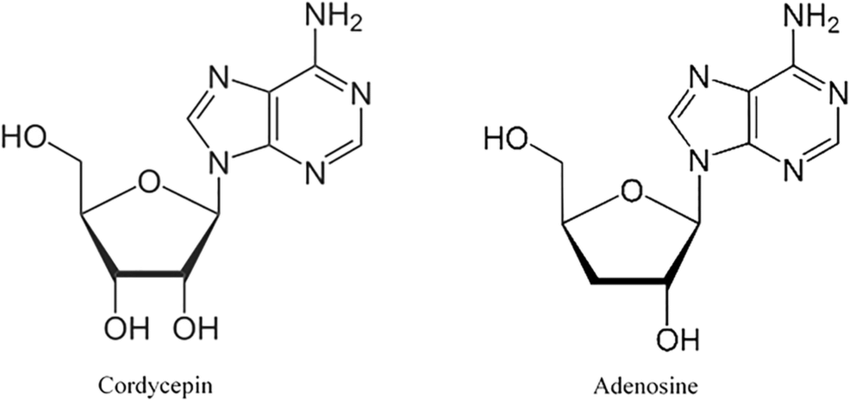
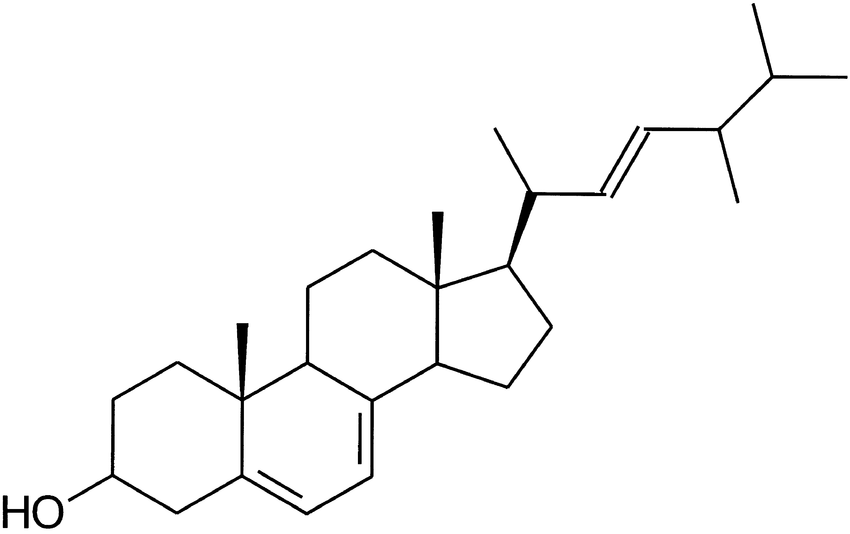
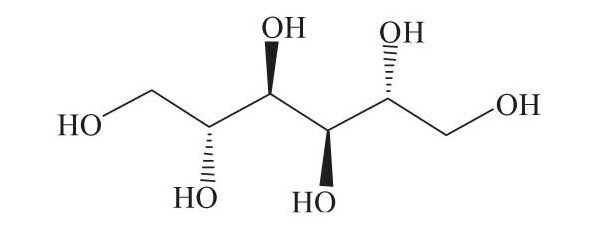
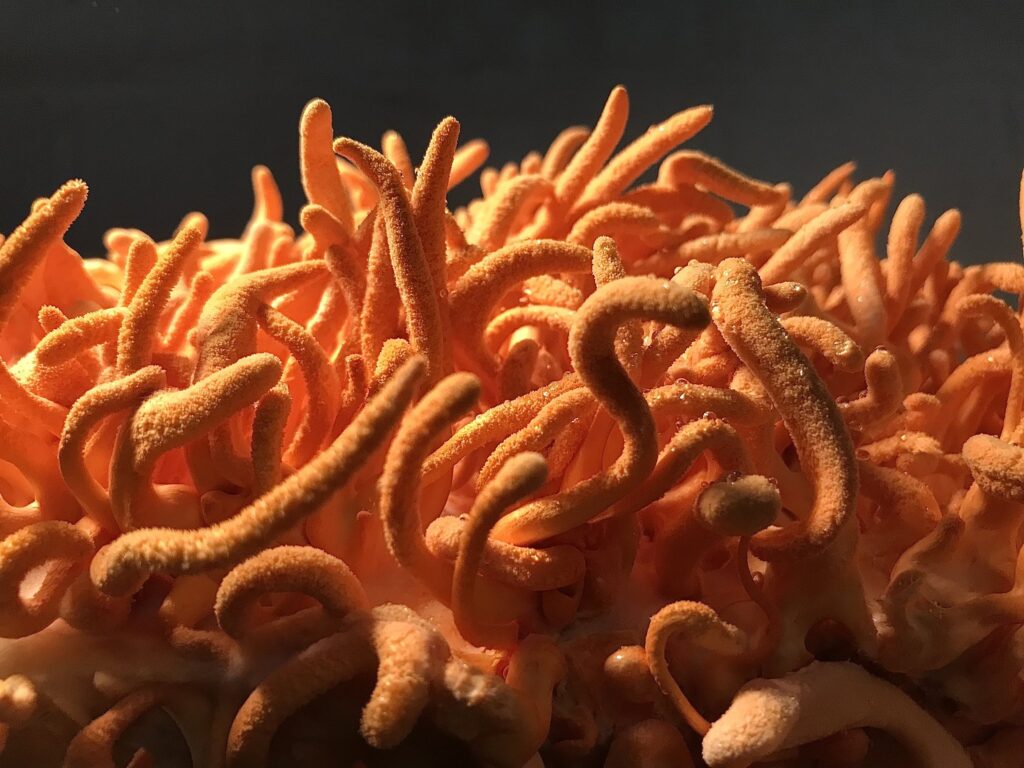

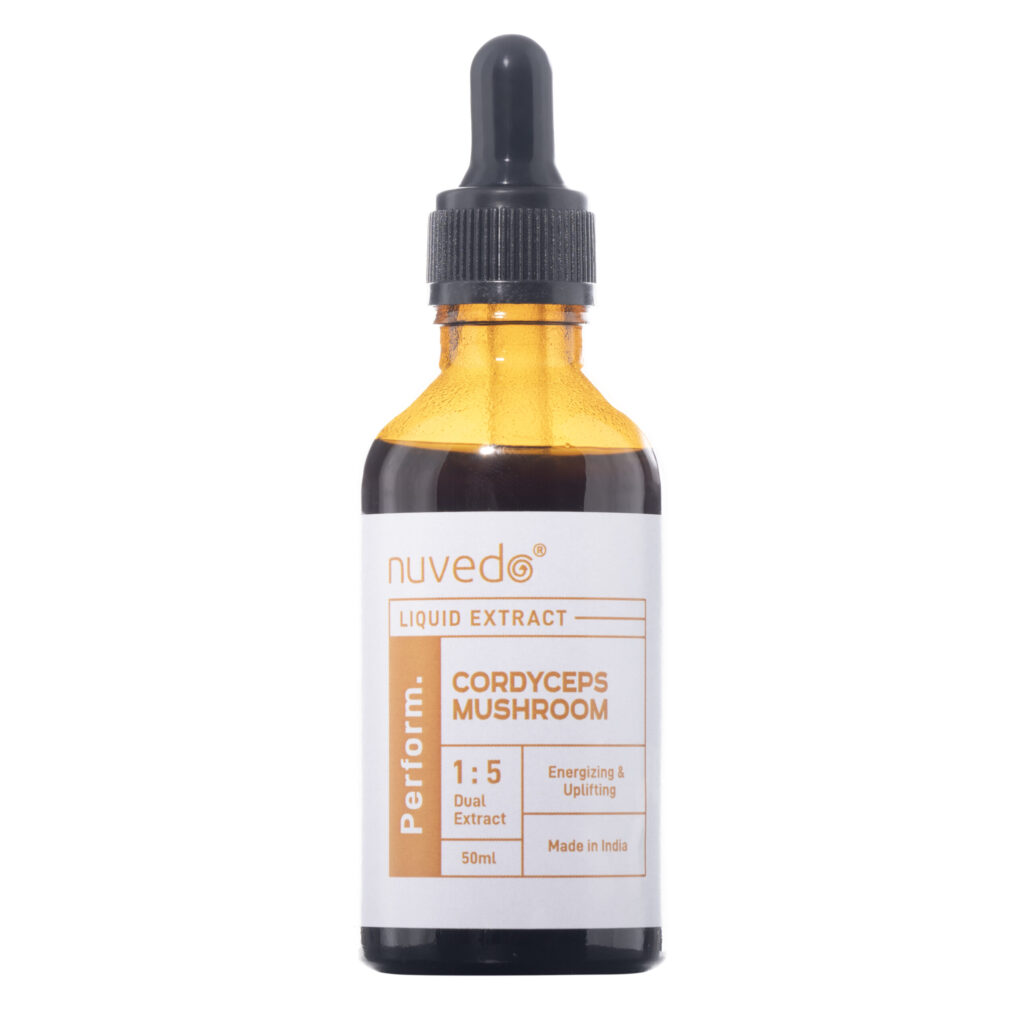
 Neeladri Chowdhury
Neeladri Chowdhury